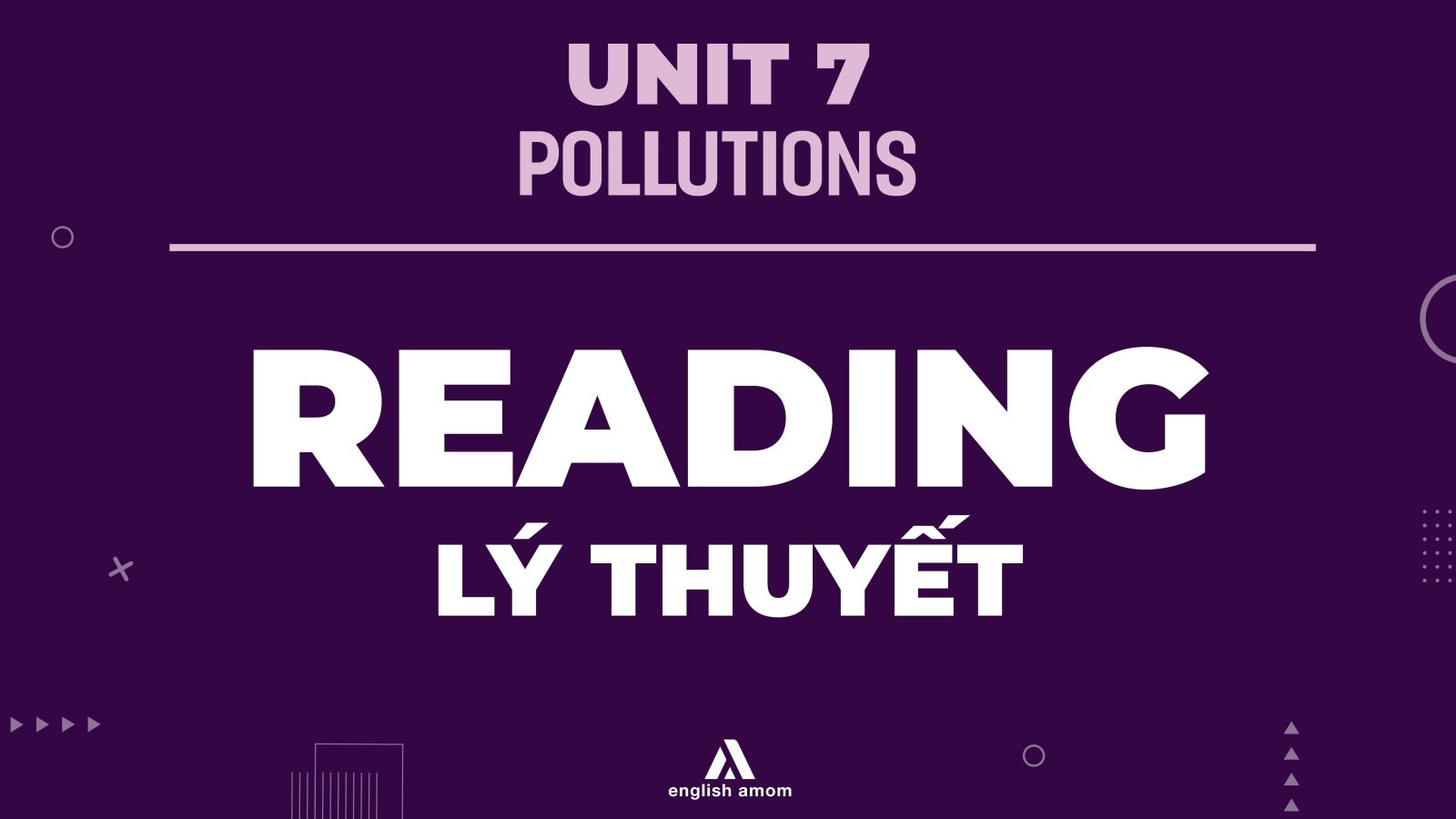
READING UNIT 7 SÁCH TIẾNG ANH LỚP 8
► Kênh hỏi đáp và giải thích thắc mắc kiến thức MIỄN PHÍ → truy cập LINK NHÓM: ENGLISH AMOM
► Kênh YOUTUBE hệ thống toàn bộ bài giảng CLIPS: truy cập LINK: ENGLISH AMOM CHANNEL
► Kênh TIKTOK: ENGLISH AMOM
1) Work in pairs. One of you looks at picture A, and the other looks at picture B on page 15. Ask each other questions to find out the differences between your pictures.
ĐÁP ÁN:
|
Picture A |
Picture B |
|
- The ducks are white. |
- The ducks are black. |
|
- They’re going to the lake. |
- They’re going from the lake. |
|
- There aren’t any factories near the lake |
- There are some factories near the lake |
|
- The lake water is clean. |
- The lake water is dirty. |
2) Mi and Nick have decided to give a presentation on water pollution to the class. Read what they have prepared and answer the questions.
|
Water pollution is the contamination of bodies of water such as lakes, rivers, oceans, and groundwater (the water beneath the Earth’s surface). It is one of the most serious types of pollution. Water pollution can have many different causes. Factories dump industrial waste into lakes and rivers. Sewage from households is another cause. Farms using pesticides to kill insects and herbicides to kill weeds can also lead to water pollution. These factors cause ‘point source’ pollution while pollutants from stormwater and the atmosphere result in ‘non-point source’ pollution. Water pollution can have dramatic effects. In many poor nations, there are frequent outbreaks of cholera and other diseases because of people drinking untreated water. Humans can even die if they drink contaminated water. Polluted water also causes the death of aquatic animals such as fish, crabs, or birds. Other animals eat these dead animals and may also get sick. In addition, herbicides in water can kill aquatic plants and cause further damage to the environment. So what should we do to reduce water pollution? |
QUESTIONS:
1. What does the second paragraph tell you about?
2. What does the third paragraph tell you about?
3. What is groundwater?
4. What are point source pollutants?
5. What are non-point source pollutants?
6. Why do people use pesticides?
ĐÁP ÁN:
1. The second paragraph tells us about the causes of water pollution.
2. The third paragraph tells us about the effects of water pollution.
3. It’s the water beneath the Earth’s surface.
4. They are industrial waste, sewage, pesticides and herbicides.
5. They are pollutants from storm water and the atmosphere.
6. They use herbicides to kill weeds.
3) Read the text again and complete the notes about the effects of water pollution. Fill each blank with no more than three words.
1. If the drinking water is untreated, an outbreak of ................... may happen.
2. People drinking contaminated water may ...................
3. Fish, crabs or birds, may also die because of ...................
4. Other animals may become ill if they eat the ................... animals.
5. Herbicides kill both weeds and ...................
ĐÁP ÁN:
| 1- cholera | 2- die | 3- polluted water | 4- dead | 5- aquatic plants |


.png)